Navigating Data Entities, BYOD, and Data Lakes in Microsoft Dynamics
Jet Global
SEPTEMBER 4, 2020
There is an established body of practice around creating, managing, and accessing OLAP data (known as “cubes”). Data Lakes. There has been a lot of talk over the past year or two in the D365F&SCM world about “data lakes.” Traditional databases and data warehouses do not lend themselves to that task.





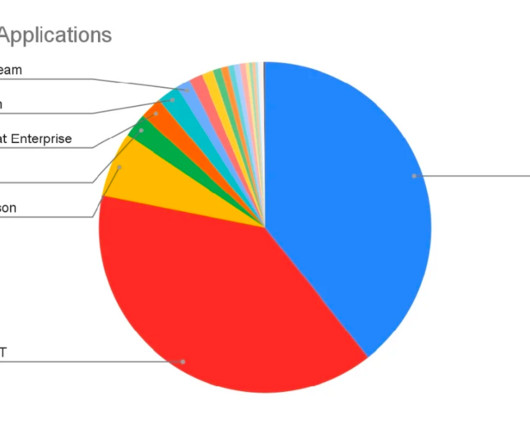




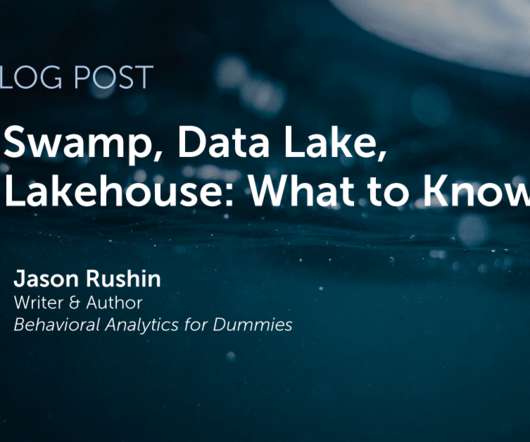
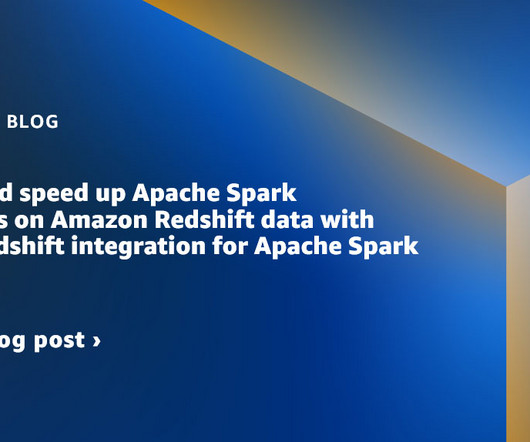


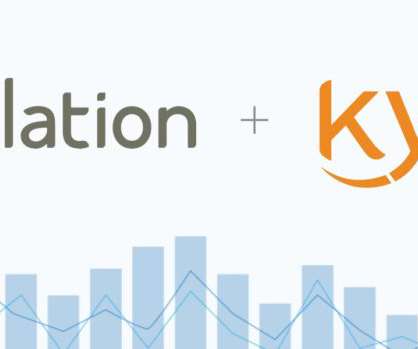
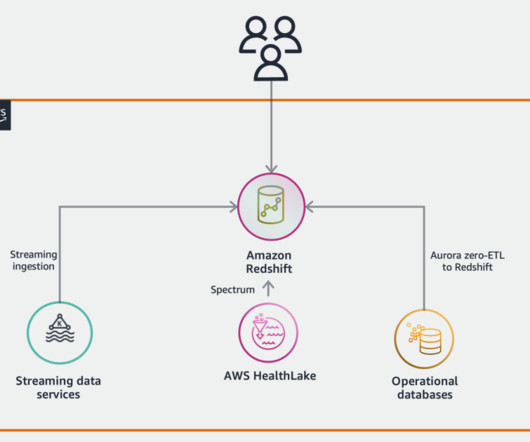
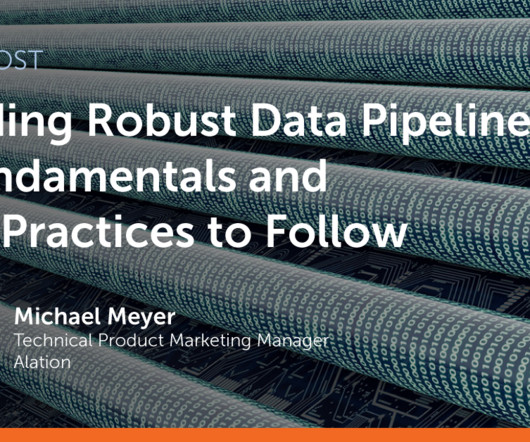




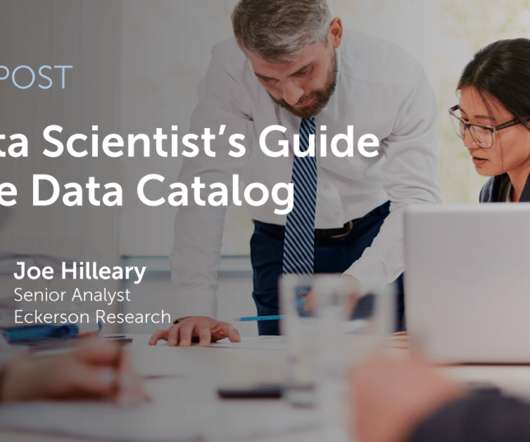



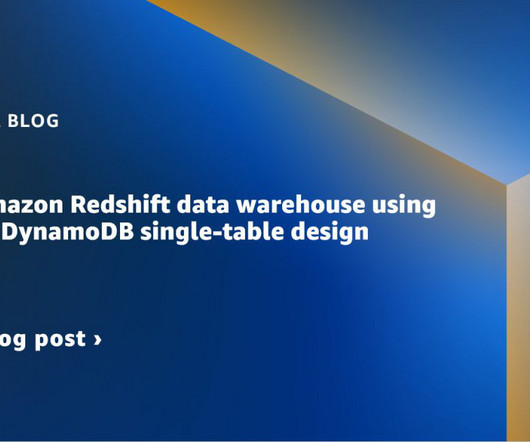









Let's personalize your content